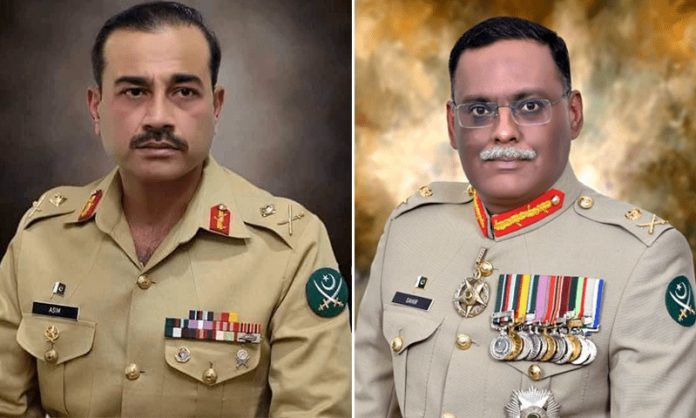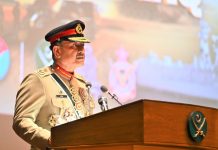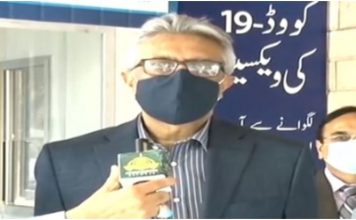Rawalpindi: The Armed Forces of Pakistan, Chairman Joint Chiefs of Staff Committee (CJCSC) and Services Chiefs, Chief of the Army Staff (COAS) General Asim Munir, Chief of Naval Staff (CNS) Admiral Muhammad Amjad Khan Niazi, and Chief of Air Staff (CAS) Air Chief Marshal Zaheer Ahmad Babar have paid rich tribute to Pilot Officer Rashid Minhas Shaheed, Nishan-e-Haider, on his 52nd Shahadat Anniversary today. Pilot Officer Rashid Minhas is the youngest recipient of Nishan-e-Haider, who embraced Shahadat at Goth Ahmed Shah, Sujawal on 20 August 1971.
The ISPR said, “Pilot Officer Rashid Minhas is the youngest recipient of Nishan-e-Haider, who embraced Shahadat at Goth Ahmed Shah, Sujawal on 20 August 1971”.
Pilot Officer Rashid Minhas’s martyrdom anniversary serves as a powerful reminder of the extraordinary sacrifices made by the Armed Forces of Pakistan.
In the line of duty, Pilot Officer Rashid Minhas lived up to great traditions of Pakistan Armed Forces in defending the motherland.
The ISPR said, “Let us remember these heroes who have laid down their lives in defence of our motherland. The nation is proud of its gallant sons”. Remember that this was the morning of Friday, 20th August, 1971, when the Pilot Officer Rashid Minhas, a pilot still under training, was in the front seat of a jet trainer, taxing out for take off. An instructor pilot from the same unit forced his way into the rear cockpit, seized control of the aircraft and having taken off, headed the aircraft towards India. With just some 40 miles of Pakistan territory remaining, Minhas had only one course open to him to prevent his aircraft from entering India. Without hesitation, and living up to the highest traditions of the Pakistan Air Force, Rashid Minhas tried to regain control of his aircraft, but finding this to be impossible in the face of the superior skill and experience of his instructor, forced the aircraft to crash at a point 32 miles from the Indian border. In doing so Pilot Officer Minhas deliberately made the supreme sacrifice for the honors of Pakistan and the service to which he belonged. For this act of heroism above and beyond him the call of duty, the President of Pakistan award the Nishan-i-Haider to Pilot Officer Rashid Minhas. This must be remembered that Pilot Officer Rashid Minhas NH was a Pakistani pilot in the Pakistan Air Force. He was the only PAF officer to receive the highest velour award, the Nishan-e-Haider. He was also the youngest person and the shortest-serving officer to have received this award. During the routine training mission in August 1971, Minhas attempted to gain control of his jet trainer when his superior officer Flight Lieutenant Matiur Rahman hijacked his plane and was trying to defect to India to join the Liberation war of Bangladesh which then crashed near the Thatta District, Sindh in Pakistan.
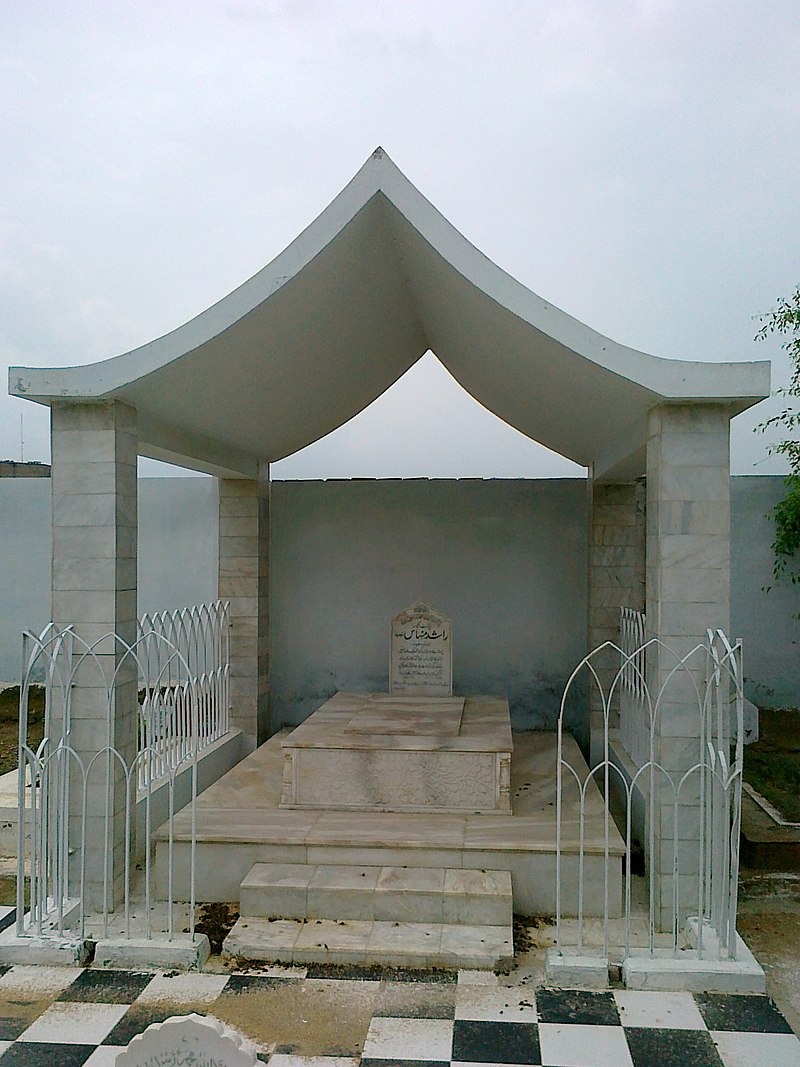
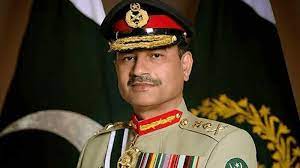
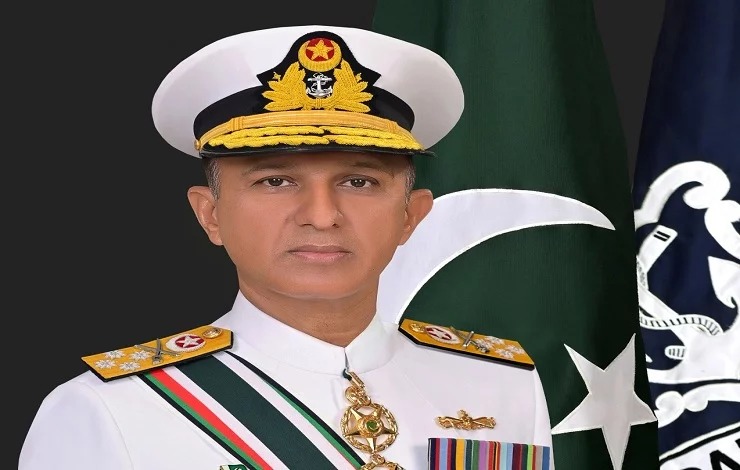
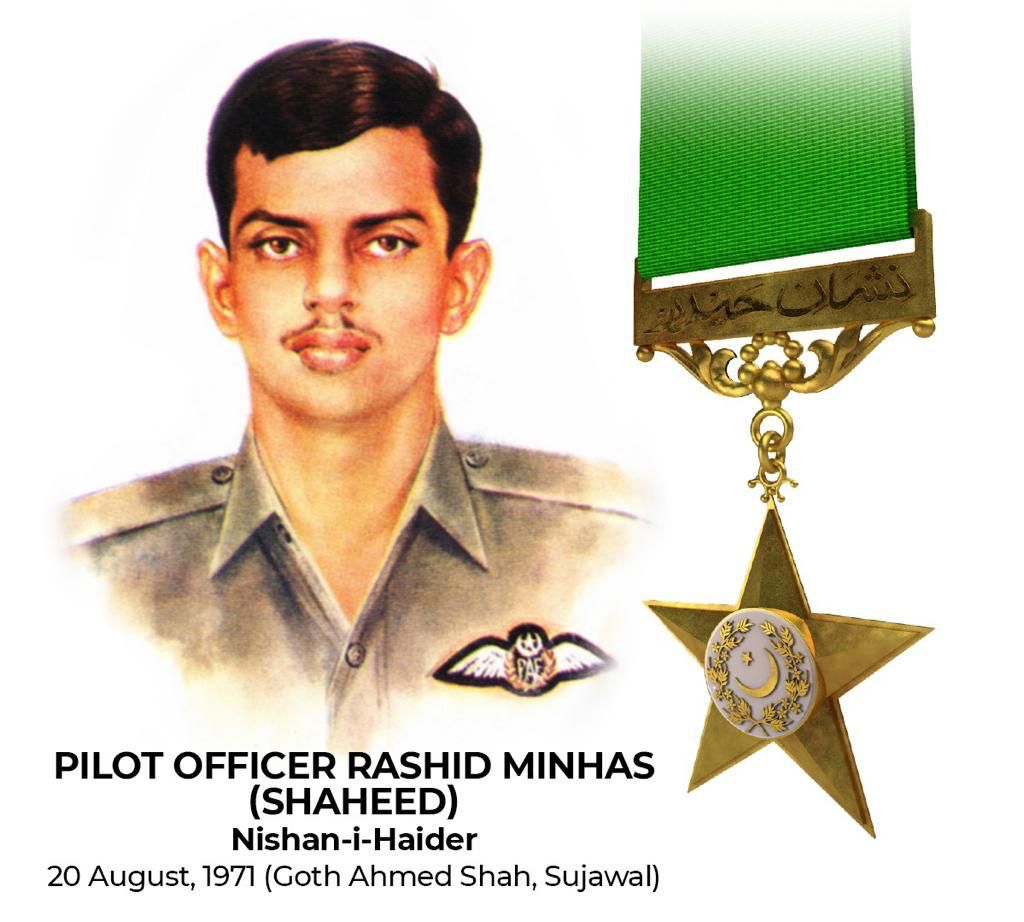
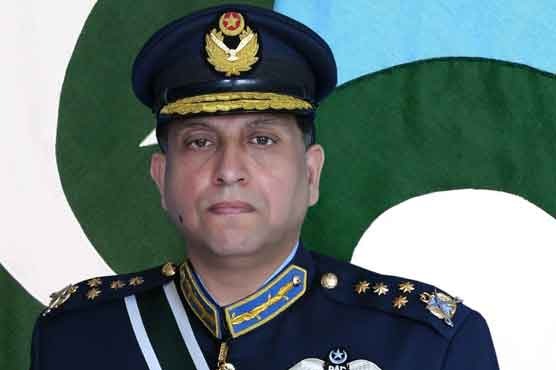
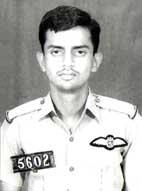
Rashid Minhas was born on 17 February 1951, in Karachi to a Punjabi Muslim Rajput family of the Minhas clan. Rashid Minhas spent his early childhood in Karachi. Later, the family shifted to Rawalpindi, and shifted back to Karachi. Minhas was fascinated with aviation history and technology. He used to collect different models of aircraft and jets. He also attended St Patrick’s High School, Karachi.
The ancestors of Rashid Minhas were born in Qila Sobha Singh, Punjab and later on they moved to Karachi and Rashid Minhas was born in Karachi. His father, Majeed Minhas, a civil engineer and an alumnus of the NED University in Karachi, was in a construction management business who later moved to Lahore, Punjab, for the construction project.He was educated in Lahore and took admission in the British-managed St. Mary’s School in Rawalpindi when his father found an employment opportunity. But later they permanently settled in Karachi.
He passed and qualified for his Senior Cambridge examination and performed well while finishing the O-level and A-level qualifications from the St. Patrick’s High School.His father, Majeed Minhas, wanted his son, Rashid, to follow his step by attending the engineering university and strongly desired for his son to gain a degree in engineering after finishing his high schooling in Karachi.
Against the wishes of his father, Rashid entered in the PAF School in Lower Topa in 1968, the Air Force’s officer candidate school, and forwarded towards completing his military training at the Pakistan Air Force Academy in 1969.
Having joined the air force, Minhas was commissioned on 13 March 1971, in the 51st GD(P) Course. He began training to become a pilot. On 20 August of that year, in the hour before noon, he was getting ready to take off in a T-33 jet trainer in Karachi, Pakistan.
Having joined the air force, Minhas was commissioned on 13 March 1971, in the 51st GD(P) Course.[citation needed] He began training to become a pilot. On 20 August of that year, in the hour before noon, he was getting ready to take off in a T-33 jet trainer in Karachi, Pakistan.
His second solo flight in that type of aircraft. Minhas was taxiing toward the runway when a Bengali instructor pilot, Flight Lieutenant Matiur Rahman, signaled him to stop and then climbed into the instructor’s seat.
The jet took off and Rahman turned towards India.
Rashid Minhas radioed PAF Base Masroor with the message that he was being hijacked. The air controller requested that he resend his message and he confirmed the hijacking. Later investigation showed that Rahman intended to defect to India to join his compatriots in the Bangladesh Liberation War, along with the jet trainer. In the air, Minhas struggled physically to wrest control from Rahman; both men tried to overpower the other through the mechanically linked flight controls. Some 32 miles (51 km) from the Indian border, the jet crashed near Thatta. Both men were killed.
Minhas was posthumously awarded Pakistan’s top military honors, the Nishan-e-Haider, and became the youngest man and the only member of the Pakistan Air Force to win the award. Similarly, Rahman was honoured by Bangladesh with their highest military award, the Bir Sreshtho.
Minhas’s Pakistan military citation for the Nishan-e-Haider states that he “forced the aircraft to crash” to prevent Rahman from taking the jet to India. This is the official, popular and widely known version of how Minhas died. Yawar A. Mazhar, a writer for Pakistan Military Consortium, relayed in 2004 that he spoke to retired PAF Group Captain Cecil Chaudhry about Minhas and that he learned more details not generally known to the public. According to Mazhar, Chaudhry led the immediate task of investigating the wreckage and writing the accident report. Chaudhry told Mazhar that he found the jet had hit the ground nose first, instantly killing Minhas in the front seat. Rahman’s body, however, was not in the jet and the canopy was missing. Chaudhry searched the area and saw Rahman’s body some distance behind the jet, the body found with severe abrasions from hitting the sand at a low angle and a high speed. Chaudhry thought that Minhas probably jettisoned the canopy at low altitude causing Rahman to be thrown from the cockpit because he was not strapped in.
Chaudhry felt that the jet was too close to the ground at that time, too far out of control for Minhas to be able to prevent the crash.


